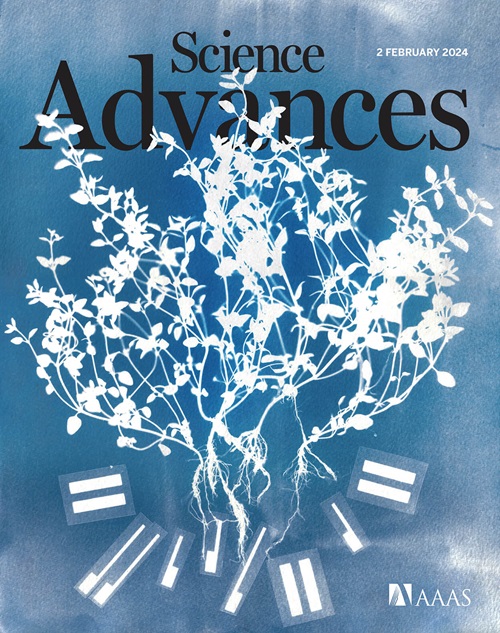Skin-interfaced multimodal sensing and tactile feedback system as enhanced human-machine interface for closed-loop drone control
IF 11.7
1区 综合性期刊
Q1 MULTIDISCIPLINARY SCIENCES
引用次数: 0
Abstract
Unmanned aerial vehicles have undergone substantial development and market growth recently. With research focusing on improving control strategies for better user experience, feedback systems, which are vital for operator awareness of surroundings and flight status, remain underdeveloped. Current bulky manipulators also hinder accuracy and usability. Here, we present an enhanced human-machine interface based on skin-integrated multimodal sensing and feedback devices for closed-loop drone control. This system captures hand gestures for intuitive, rapid, and precise control. An integrated tactile actuator array translates the drone’s posture into two-dimensional tactile information, enhancing the operator’s perception of the flight situation. Integrated obstacle detection and neuromuscular electrical stimulation–based force feedback system enable collision avoidance and flight path correction. This closed-loop system combines intuitive controls and multimodal feedback to reduce training time and cognitive load while improving flight stability, environmental awareness, and the drone’s posture. The use of stretchable electronics also addresses wearability and bulkiness issues in traditional systems, advancing human-machine interface design.

求助全文
约1分钟内获得全文
求助全文
来源期刊

Science Advances
综合性期刊-综合性期刊
CiteScore
21.40
自引率
1.50%
发文量
1937
审稿时长
29 weeks
期刊介绍:
Science Advances, an open-access journal by AAAS, publishes impactful research in diverse scientific areas. It aims for fair, fast, and expert peer review, providing freely accessible research to readers. Led by distinguished scientists, the journal supports AAAS's mission by extending Science magazine's capacity to identify and promote significant advances. Evolving digital publishing technologies play a crucial role in advancing AAAS's global mission for science communication and benefitting humankind.
 求助内容:
求助内容: 应助结果提醒方式:
应助结果提醒方式:


